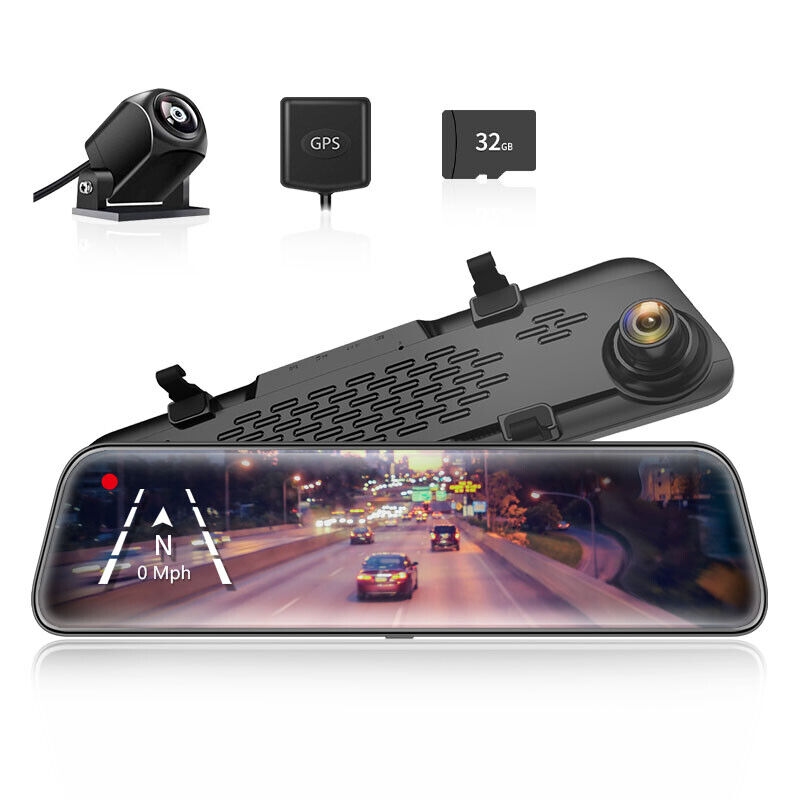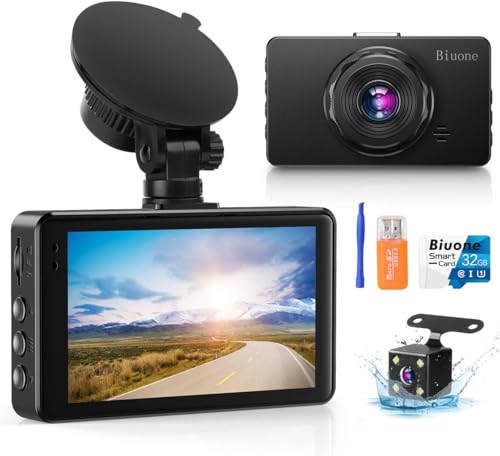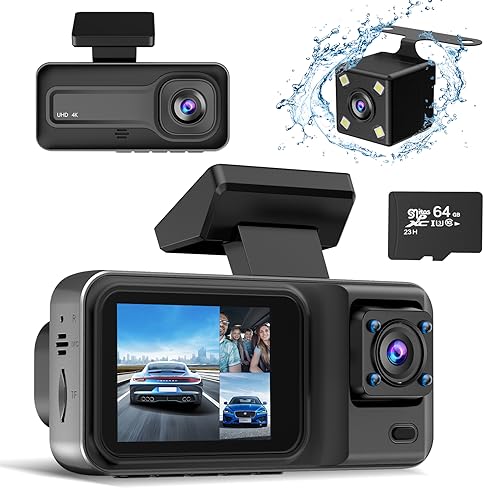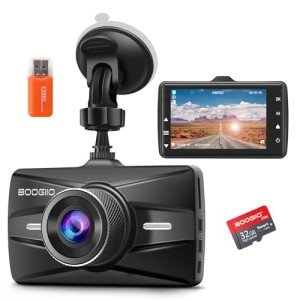Finding the right digital camera can feel overwhelming with all the options out there. But don’t worry, I'm here to help you narrow it down! First, think about what you want to use the camera for. Are you planning to capture family moments, travel landscapes, or maybe get into some serious photography? Knowing your main focus will help you choose the best type of digital camera.
If you’re a beginner, a point-and-shoot camera might be a great choice. They’re user-friendly and take great pictures without a lot of settings to fuss over. Just point it at what you want to capture, and snap! On the other hand, if you want to dive deeper into photography, consider a mirrorless or DSLR camera. They let you change lenses, adjust settings, and really get creative with your shots.
Next up, think about the size and weight. Are you okay carrying a larger camera with interchangeable lenses, or do you want something compact that fits in your pocket? If you're traveling or hiking, a smaller digital camera might be more convenient. Always remember to look at the battery life too. You don’t want to run out of juice right when the perfect shot appears.
Lastly, don’t forget about features like image quality, video capabilities, and connectivity options. Some digital cameras offer amazing low-light performance or built-in Wi-Fi for easy sharing. Make a list of must-have features that fit your lifestyle, and that’ll help you make the right choice. With the right digital camera in hand, you’ll be one step closer to capturing stunning photos!
Understanding Camera Settings Made Easy
Getting a hang of camera settings doesn't have to be a headache. Whether you're using a fancy DSLR or a compact model, understanding the basics can really amp up your photography game. Let’s break it down into bite-sized pieces that are super easy to digest.
First off, let’s chat about ISO. Think of ISO as your camera's sensitivity to light. A lower ISO, like 100 or 200, works wonders in bright places and keeps your images crisp. But when you're in low light, cranking it up to 800 or higher can help, though you might notice a bit of grain. Just remember, too high can lead to noise, so find that sweet spot based on your lighting conditions!
Next up is aperture. This controls how much light gets in through the lens. A smaller f-stop number, like f/2.8, means a wider opening, great for blurry backgrounds and dreamy portraits. On the flip side, a higher f-stop like f/16 will keep everything in focus, which is awesome for landscapes. Play around with this to see how it changes your shots.
Then we have shutter speed, which is all about freezing or blurring motion. If you want to capture that perfect moment, go for a fast shutter speed like 1/1000 of a second. If you're feeling artsy and want to create some motion blur, a slower speed around 1/30 can give a cool effect. Just be sure to steady your camera when you slow down!
Lastly, don’t forget about white balance. This nifty setting helps ensure colors in your photos look natural. You might notice options like sunny, cloudy, or tungsten. Experiment with these to get true-to-life colors, especially in tricky lighting situations. Understanding these settings will help you take stunning photos with digital cameras that capture your amazing world perfectly!
12" Dual Cameras WOLFBOX G840S Mirror Dash Cam
Capture every detail on the road with the high-definition 12" Dual Cameras WOLFBOX G840S Mirror Dash Cam
Product information
$99.99 $74.99
Product Review Score
4.34 out of 5 stars
133 reviewsProduct links
Tips for Taking Amazing Photos
Taking amazing photos is all about practice and knowing a few handy tips. Whether you just got a new digital camera or want to amp up your skills, these easy tricks can help you capture stunning shots every time.
First, pay attention to the lighting. Natural light is your best friend, especially during the golden hour—just after sunrise and just before sunset. Aim to shoot when the sun is lower in the sky. If you're indoors, try to find a spot near windows or use lamps to avoid harsh shadows.
Next, think about your composition. Rule of thirds is a great starting point. Imagine dividing your frame into a 3x3 grid. Place your main subject along these lines or at the intersections for a more interesting shot. Don’t be afraid to experiment with angles. Sometimes, a shot taken from above or below can make a huge difference.
Lastly, focus on getting clear, sharp images. Make sure your digital camera is steady, especially in low light. Use a tripod if you have one. If you're taking a selfie or a group photo, don’t forget to adjust the focus on your subjects. This simple step ensures you’ll get that crisp detail you want.
Keep practicing and trying out different techniques. Each photo is a chance to learn something new with your digital camera, and have fun while you're at it!
Dual Dash Cam, 1080P FHD Front and Rear Cameras
Capture crystal clear footage from the front and back with our Dual Dash Cam's 1080P FHD Front and Rear Cameras
Product information
$69.99 $38.84
Product Review Score
4.53 out of 5 stars
216 reviewsProduct links
Editing Your Photos Like a Pro
Editing your photos can make a huge difference, turning good shots into great ones. With the right tools and a bit of practice, you’ll be amazed at what you can create. Whether you’re using Digital Cameras for your hobby or professional work, knowing how to enhance your images is key.
Start with basic adjustments. Brightness and contrast can breathe life into your photos. If your image looks dull, a little tweak can bring out those hidden colors. Play around with exposure, too—this can help illuminate dark areas or tone down overly bright spots. Don't forget about cropping! Getting the right composition makes all the difference.
Next up, color correction. Sometimes, photos taken with Digital Cameras don’t accurately reflect what you saw. Adjusting the saturation can enhance colors without overdoing it. And it’s super easy—just slide that saturation knob and see what feels right. You’ll find your own style as you play with these settings.
Consider using filters or presets to create a unique look. Many editing apps offer options that mimic film styles or add interesting effects. Just remember, don’t rely on them too much. The best edits often come from subtlety. Always ask yourself if the changes improve the image or just make it look flashy.
Finally, take your time. Editing should be fun, not stressful. Experiment with different looks and get feedback from friends or fellow photographers. With Digital Cameras, the possibilities are endless, and your editing skills will grow as you keep practicing. Happy snapping!






